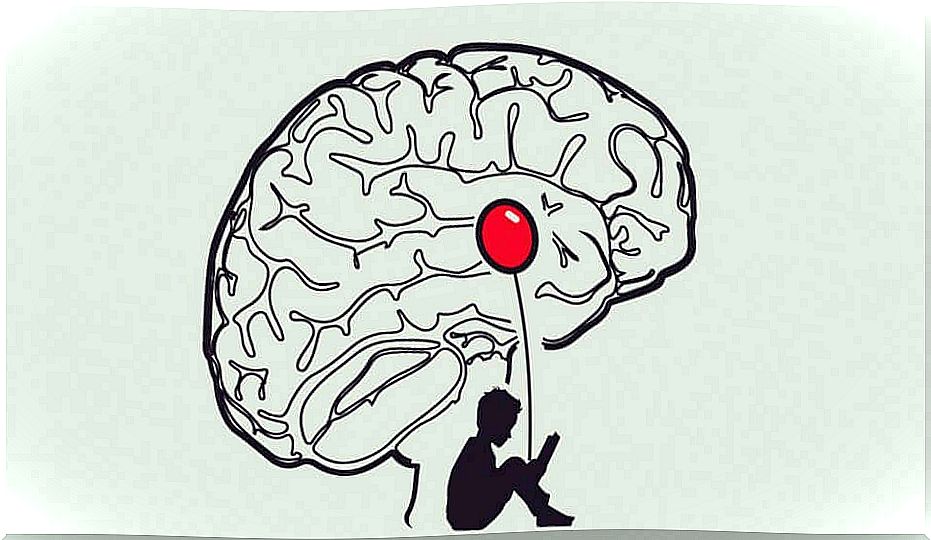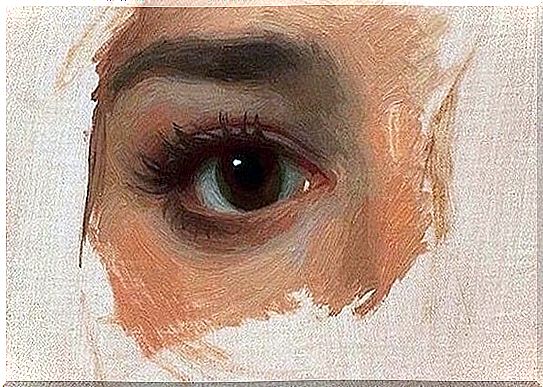Free-flowing Anxiety: A Side Of GAD

I’m not afraid of anything specific, but in reality… I’m afraid of everything. It’s what free-flowing anxiety is – it’s the uncertainty that creeps into the shadows and then catches you, that makes you gasp for breath and takes away from you the desire to leave home.
It’s like living in isolation in a room without windows. It is a constant spiral of anxiety, a suffocating ball of desperation.
In her diaries, Virginia Woolf said that life is like a dream, and waking up is what kills you. It is as if there is somehow a defining moment in your existence where you wake up and open your eyes to all the responsibilities and weight of life, all the unstoppable urban movements, all the disharmonious noise in human relationships.
It feels as if all movement not only takes over you, but makes you smaller.
Of course, everyone wakes up to life and discovers that it is sometimes painful and difficult. But thousands of women and men experience something much more complicated than that. It is a diffuse, formless fear that captures one in a behavioral pattern of exaggerated, recurring anxiety over almost everything.
This emotional state of growing uncertainty and chronic stress gives rise to free-flowing anxiety, which is part of generalized anxiety disorder (GAD). This reality is as exhausting as it is complex, because unlike other ailments, the preoccupation and reactions associated with free-flowing anxiety are not focused on anything special, but all-encompassing.
GAD can be summed up with a simple but powerful sentence: “I always think that something bad will happen to me.”

Adrian is 35 years old. After a 10-year relationship with a woman, she has abandoned him. She fell in love with another person, and even though our protagonist seemed okay, the people around him began to notice some disturbing things.
It may be true that Adrian has always been a little anxious, but after the breakup he became obsessed with certain things, including his parents’ health. He began to fear that they would get sick and die.
His co-workers also noticed some strange things. Adrian is an architect, and for some time he has been obsessed with making mistakes. He worries excessively about whether he has done a good job or not and whether something bad can happen under his supervision.
He is also afraid of not being able to pay his mortgage and already anticipates what costs he can cut back on if something should happen. But nothing has actually happened yet.
We use this fictional man as an example for a reason. It is estimated that GAD, and the associated free-flowing anxiety that infiltrates almost every part of life, affects women more than men. However, of the almost 60% of those affected who do not receive help or seek treatment, the majority are men.

To understand GAD and free-flowing anxiety a little better, we must first understand the function of fear: to prepare to respond to a threat. It is a fine-tuned, exceptional adaptation mechanism that allows us to survive. That is, unless the fear is not caused by a real threat.
What if fear and anxiety begin to invade every part of your life? What happens when you are stranded in a parallel universe that can be equated with your worst nightmare? For there is nothing worse than living in fear.
Many researchers and neuropsychiatrists are confident that GAD differs from all other disorders. Stanford University School of Medicine explains that free-flowing anxiety is caused by a dysfunction in various parts of the brain, including the amygdala.
The amygdala is a structure as large as an almond that mediates our feelings, memories and perceptions. At some point, for unclear reasons, the circles that make up this region change, and with it the order and balance of the person’s life.

The two main methods of addressing this clinical condition are: medication and psychotherapy. Meditation can reduce the symptoms and create the necessary conditions for psychotherapy to be more effective.
Selective

Furthermore , cognitive behavioral therapy and other therapies that focus on stress management are also effective in reducing the excessive preoccupation associated with free-flowing anxiety. In these therapies, the patient learns effective confrontation strategies and develops healthier as well as more adaptive behaviors.
In conclusion, it is worth mentioning good nutrition, exercise and meditation as complementary tools. These can help you dominate fear, focus your attention on what is really important and teach you to think and live better.









